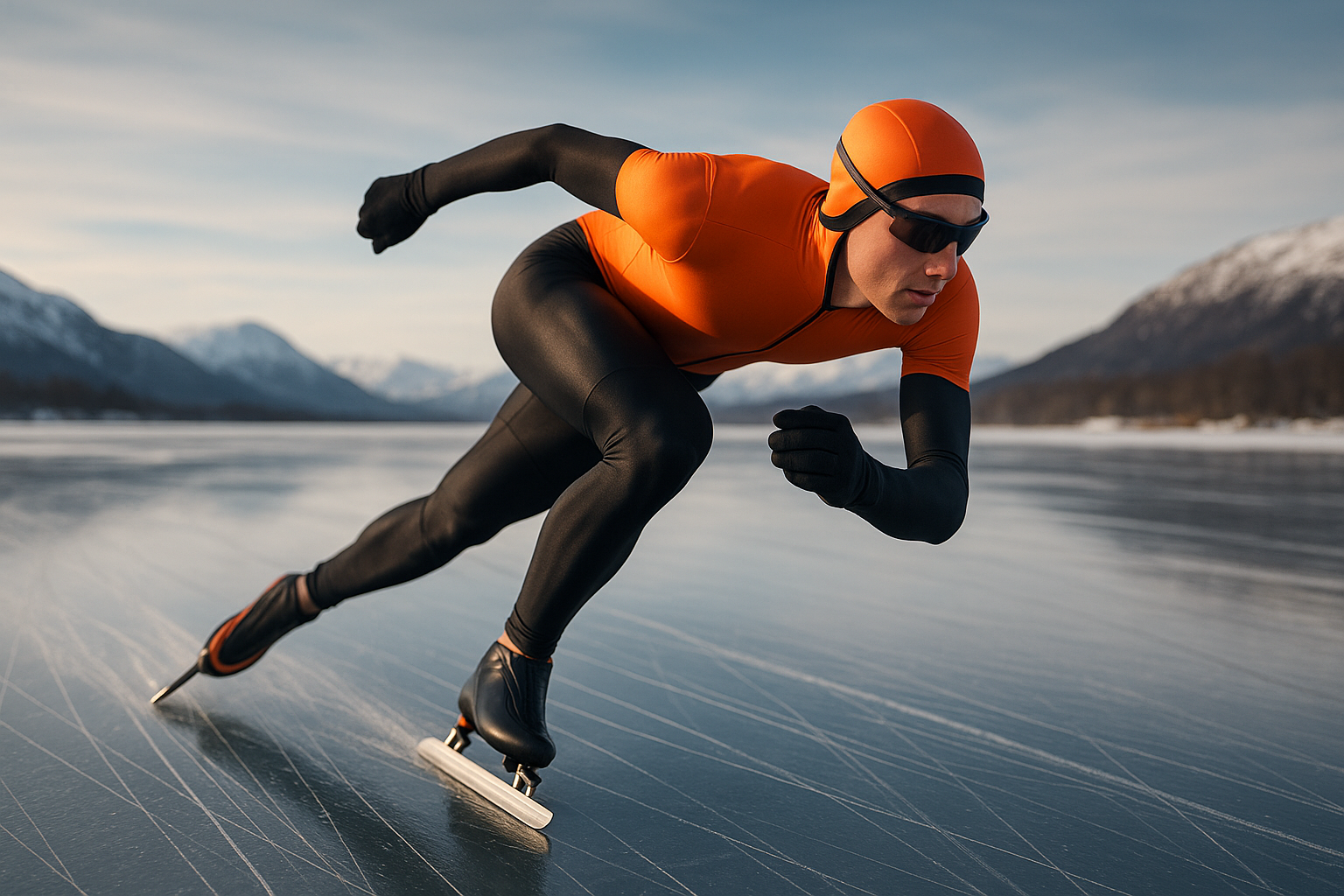Unraveling the Science of Speed Skating: An In-Depth Look
In a world where speed takes precedence over style, speed skating stands as a testament to the relentless pursuit of velocity. While the sport may appear effortless, the reality involves a complex amalgamation of physics, biomechanics, and sheer human will.

The Genesis of Speed Skating
Speed skating has a long and rich history. Originating in Scandinavia and the Netherlands around 1000 A.D., the practice of skating for speed on ice was initially a mode of transportation across frozen lakes and rivers during winter. Eventually, it evolved into a competitive sport in the 19th century, with the first known race dating back to 1763 in England. The sport has since undergone significant developments, including the shift from the classic style, where skaters used natural body motion, to the current dynamic style, which emphasizes technique and equipment optimization.
The Dynamics of Speed
Speed is the essence of this sport, and it is the culmination of various physical principles. The major components include friction, air resistance, and the skater’s technique. Skaters combat friction through specially designed blades that reduce contact with the ice, while skin-tight suits minimize air resistance. The technique, on the other hand, involves a combination of posture, stride length, and frequency. High knee lift, full hip extension, and quick recovery are essential for maintaining momentum and speed.
The Modern Sprinter: Training and Technique
Today’s speed skaters undertake rigorous training regimes that include both on-ice and off-ice sessions. On-ice training focuses on improving technique and speed, while off-ice sessions emphasize strength, agility, and endurance.
One of the unique aspects of speed skating is the crouched position, known as the ‘basic position’. This posture minimizes air resistance and lowers the skater’s center of gravity, enhancing stability and balance. It also places significant strain on the leg muscles, hence the need for strength training.
The Future of Speed Skating
The future of speed skating remains promising. Innovations in training methods and equipment design continue to push the boundaries of human speed. One potential area of exploration is the use of virtual reality in training, where skaters can simulate race conditions and fine-tune their techniques.
In Conclusion
Speed skating is a fascinating sport that highlights the intricate relationship between science and athleticism. Through a unique blend of physics, biomechanics, and human determination, speed skaters continue to redefine the limits of speed. With the relentless pursuit of velocity at its core, the future of speed skating is undoubtedly an exciting prospect.





